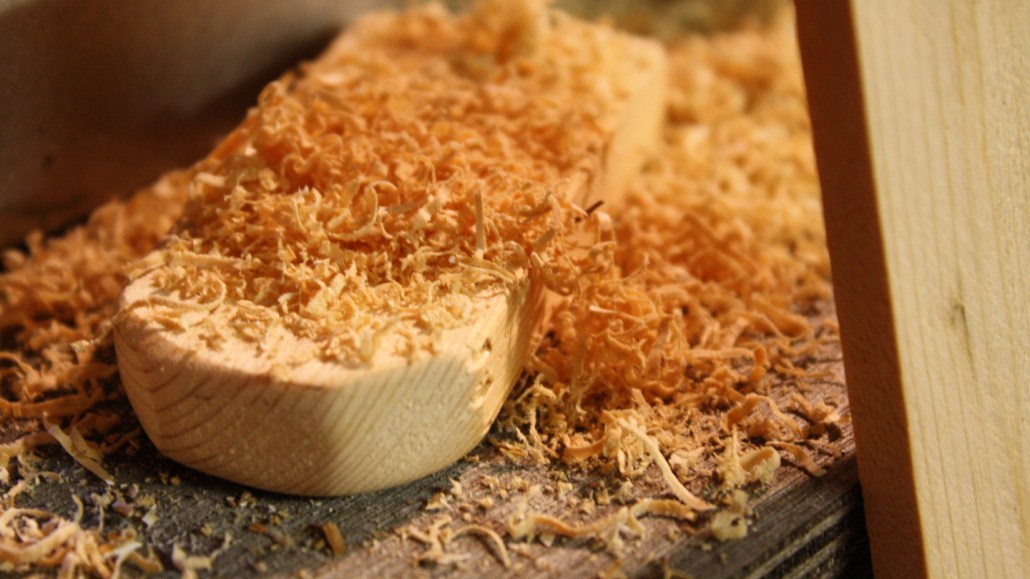
Some disinfectants rely on a chemical compound called phenol or similar molecules. Sawdust waste may provide a renewable source of those antimicrobial substances.
jypsygen/flickr (CC BY-NC-ND 2.0)

Some disinfectants rely on a chemical compound called phenol or similar molecules. Sawdust waste may provide a renewable source of those antimicrobial substances.
jypsygen/flickr (CC BY-NC-ND 2.0)